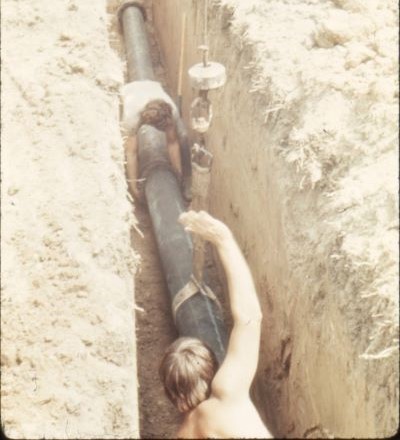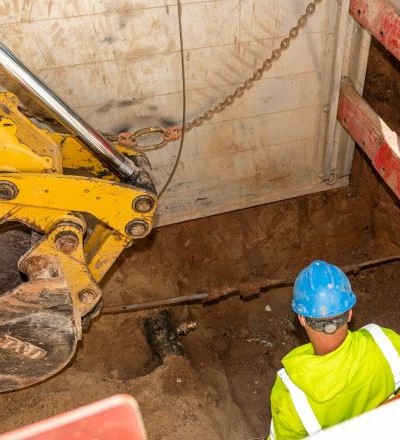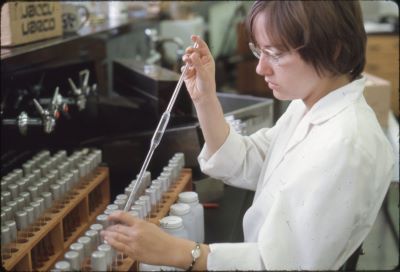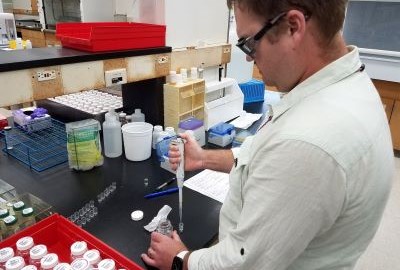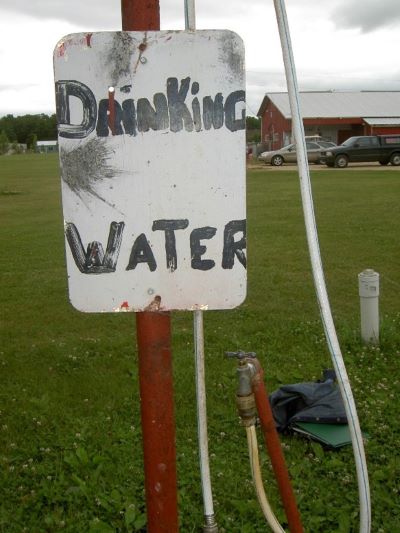Celebrating the 50th Anniversary of the Safe Drinking Water Act
History Of The Safe Drinking Water Act
The SDWA, enacted by Congress in 1974, was established to protect public health by regulating the nation's drinking water supply. This important legislation outlines various measures to safeguard drinking water and its sources – such as rivers, lakes, reservoirs, springs and groundwater wells. The SDWA empowers the United States Environmental Protection Agency (EPA) to establish national health-based standards for drinking water, addressing both naturally occurring and man-made contaminants. Collaboration among the EPA, state agencies and water systems ensures that these standards are effectively met.
Safe Drinking Water Act Timeline And Milestones
1974 – Safe Drinking Water Act (SDWA) signed into law.
1986 – SDWA amended to establish a program for protecting underground sources of drinking water, ban lead pipes and regulate 83 contaminants.
1996 – Amendment requires the EPA to consider detailed risk and cost assessments, along with the best available peer-reviewed science, when developing standards. This change enhances public access to information about water quality, contaminants, sources and health risks.
2005 – SDWA amended to improve security measures aimed at safeguarding the nation’s drinking water infrastructure from potential terrorist threats.
2016 – Water Infrastructure Improvements for the Nation Act refocuses efforts on reducing lead exposure through enhanced public notice and attention to lead in schools and child-care facilities. It also emphasizes funding for disadvantaged communities.
2018 – America's Water Infrastructure Act (AWIA) amends the SDWA to require community water systems to assess and prepare response plans for both natural hazards and malicious threats.
2024 – Celebrating 50 years of safe drinking water while looking forward to future improvements to the Act.
Working on water piping in the 1970s. Photo Credit: Wisconsin DNR Working on water piping today. Photo Credit: Wisconsin DNR Safeguarding Public Health
The protection of our drinking water supplies relies on effective monitoring. All public water systems are required to test for contaminants and report their findings to both the DNR and consumers. This monitoring process ensures that water quality complies with Maximum Contaminant Level (MCL) limits. Initially, the SDWA regulated 22 contaminants; today, federal standards protect public health by monitoring for over 90 contaminants, including:
- lead
- bacteria
- arsenic
- nitrate
- per- and poly-fluoroalkyl substances (PFAS)
- synthetic organic chemicals (like pesticides and herbicides)
- volatile organic compounds (VOCs) like gasoline components and formaldehyde
- radioactive parameters
The DNR requires annual contaminant testing for all public water systems across Wisconsin. In 2023, over 99% of these systems provided water that met all health-based contaminant standards set by the SDWA. This achievement marks a significant improvement from just 50 years ago when more than 40% of the nation’s drinking water systems did not meet the most basic health standards.
In 1974, drinking water systems tested for 22 contaminants. Photo Credit: Wisconsin DNR Today, drinking water systems test for over 90 contaminants. Photo Credit: Jan Klawitter - Wisconsin State Laboratory of Hygiene/UW-Madison Success Stories
Lead And Drinking Water
In Mayville, an impressive pile of lead service lines that were removed.
The happy crew celebrating the accomplishment includes (L to R)
Courtney Steger, utilities director; Tim Gutjahr, waterworks operator;
and Town and Country Underground staff Troy Hottenroth and Trevor Blake.
Photo Credit: Courtney StegerThe lead service line replacement (LSLR) program has been successfully used to remove lead service lines (LSLs). In 2020, Mayville’s water system exceeded the action level for lead but they didn’t want to just treat the water. They made an ambitious decision to voluntarily replace all of the LSLs in a single year! The project had enthusiastic community support.
Children in town had been diagnosed with high blood lead levels, and the home of one affected child was the first house to have its LSL replaced. The city utility department fielded many calls and neighbors spread the word to each other about the project. The city worked with local contractors who also live in the area, so they, too, got excited about completing the project. Mayville ended up replacing over 200 LSLs and they no longer exceed the action level for lead.
Well-Compensation Grants Help Small Water System Owners
Mother Goose Family Daycare Center in Clintonville was awarded
a grant to treat its well. Photo Credit: Wisconsin DNR; Logo Credit:
Mother Goose Family Daycare CenterMother Goose Family Daycare Center in Clintonville opened its doors in September 2020 with a newly constructed well. Within the first year after sampling and testing began, arsenic was discovered in the water supply at levels just above the maximum contaminant level. The owner started working on a plan of action and, after consulting with three different well drillers in the area, received the discouraging news that constructing a new well or reconstructing the existing well would be unlikely to solve the arsenic problem.
The center, located in a rural area, had no option for connecting to a nearby water system. The only remaining approach was to install treatment for arsenic removal. The center’s owner struggled with how to afford the cost of treatment. She was afraid the financial burden could cause the center to close. Mother Goose was relatively new but already had a year-long waiting list of families needing child care. DNR staff informed the center owner of a grant opportunity and she was awarded a grant to cover the cost of the treatment system.
These successes and many more are possible because of forward-thinking legislation and water professionals working in partnership.
Looking Ahead
We have come a long way in ensuring safe water.
Photo Credit: Wisconsin DNRAs we celebrate 50 years of progress, our work is far from complete. The DNR is dedicated to ensuring the safety and availability of Wisconsin’s drinking water and protecting the state’s water resources. To fulfill its responsibilities under the SDWA, the DNR actively supports Wisconsin’s public water systems in providing safe drinking water.
The federal Bipartisan Infrastructure Law (BIL), enacted in late 2021, represents a historic investment in our drinking water infrastructure. For 2023, Wisconsin will receive over $155 million to support SDWA implementation, lead service line replacement (LSLR), and the management of PFAS and other emerging contaminants.
Ongoing inspections and assessments will help ensure compliance and identify issues before they become serious violations or health risks. Achieving safe drinking water in Wisconsin is a collaborative effort involving public water systems, professional associations, individual operators, the DNR, local agencies, the EPA and consumers. The DNR partners with various organizations to provide technical assistance, training and compliance support for the state’s water system owners and operators.
Committed to safeguarding public health and drinking water, the DNR is prepared to tackle future challenges alongside its partners, ensuring a safe and reliable drinking water supply for all Wisconsin residents.
More Information
50th Anniversary In The News
- DNR magazine article (coming soon!)
- News release
Resources


